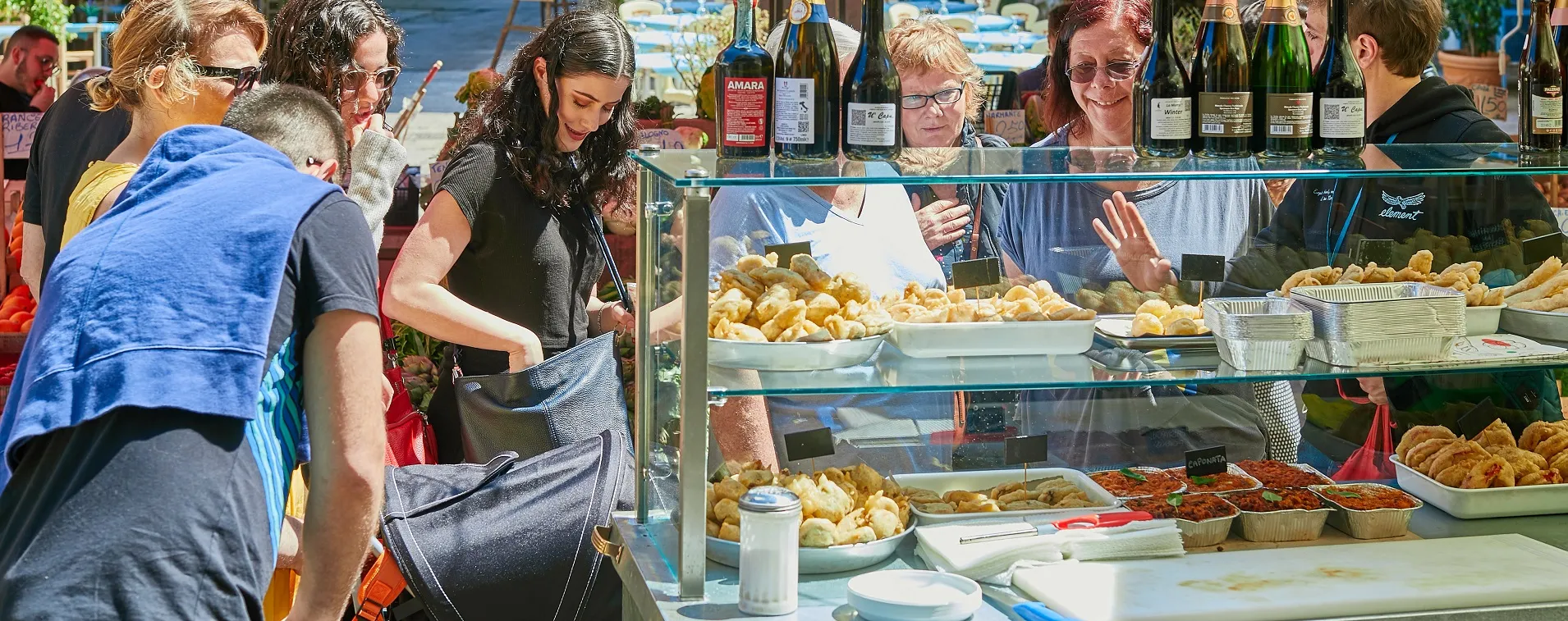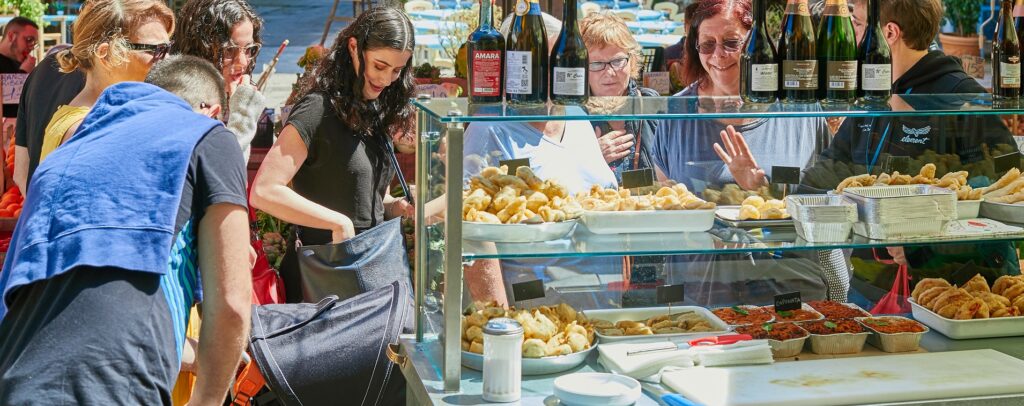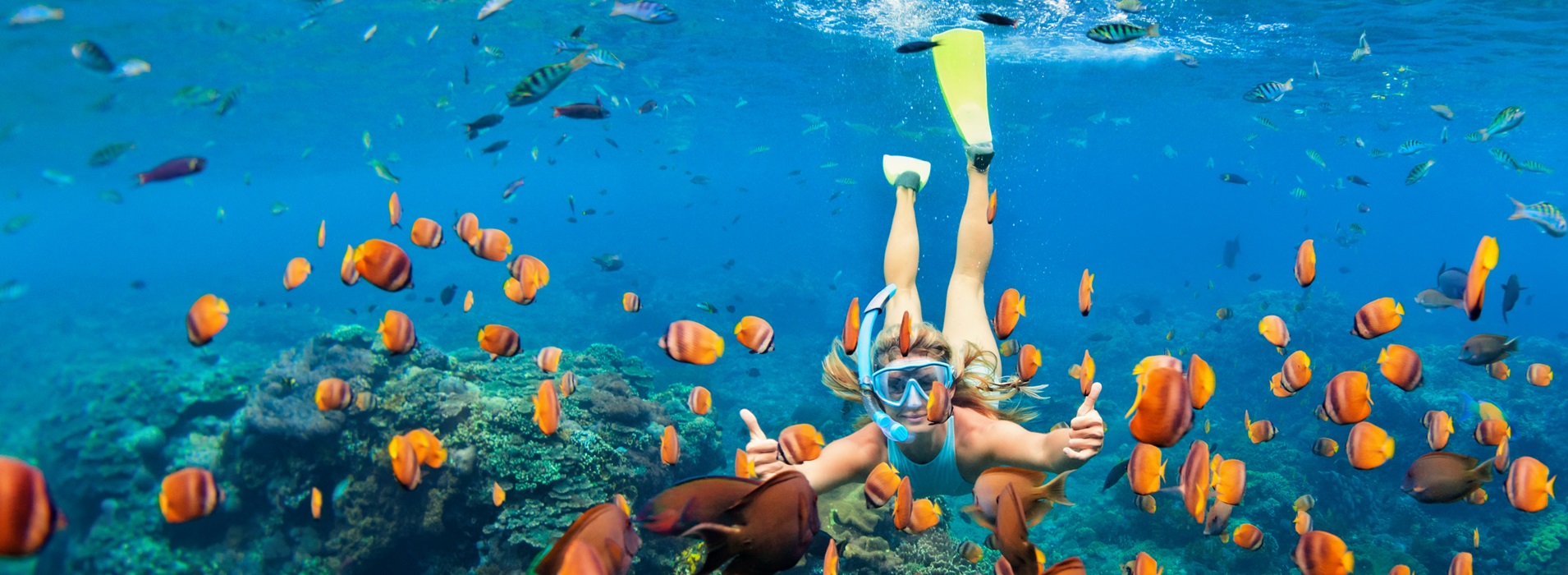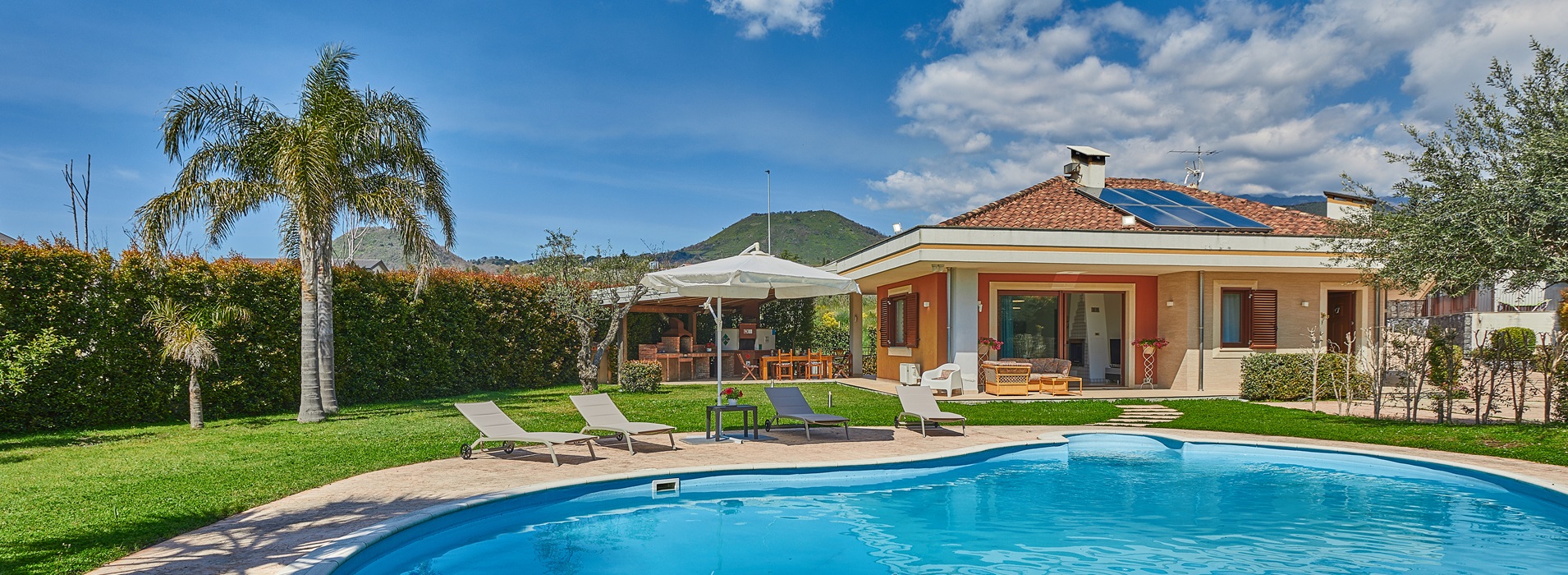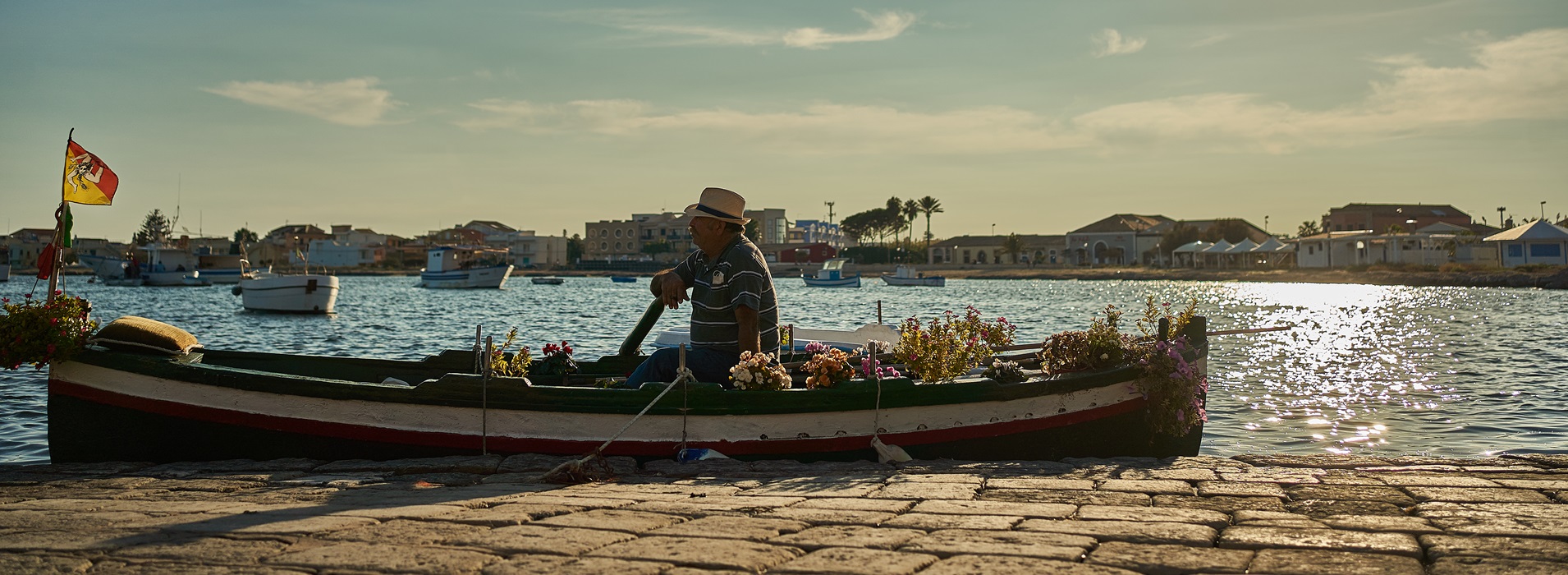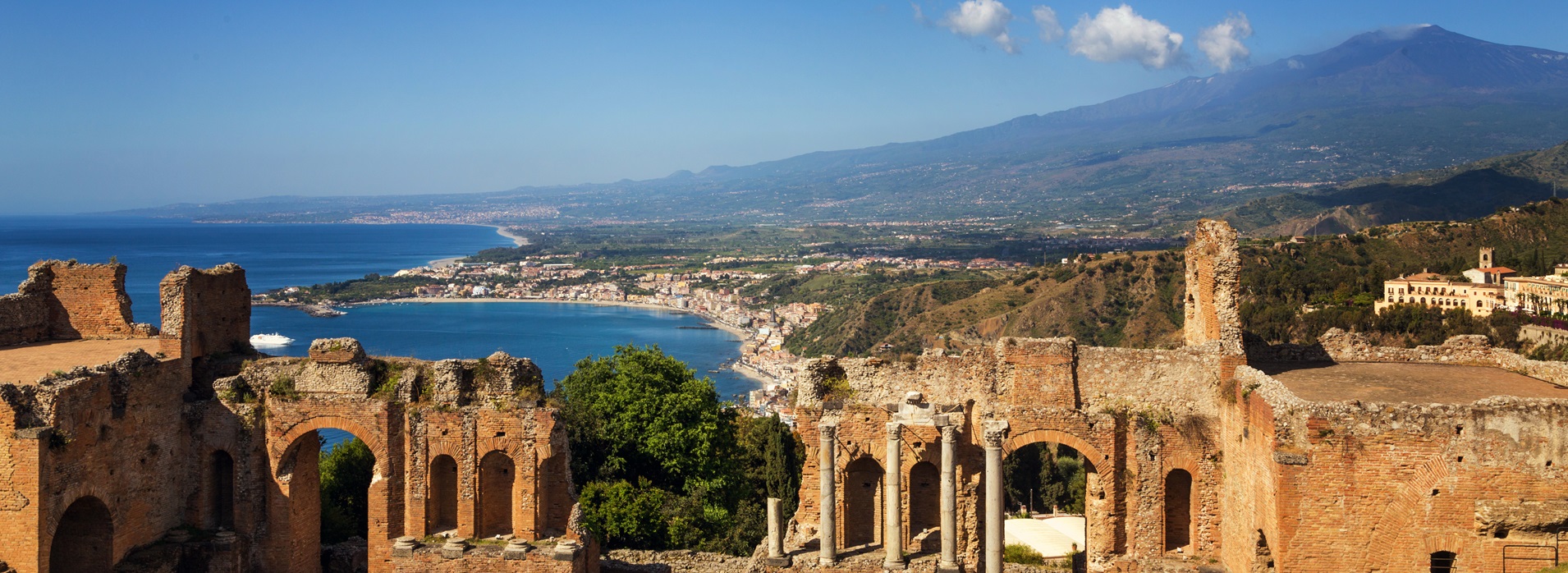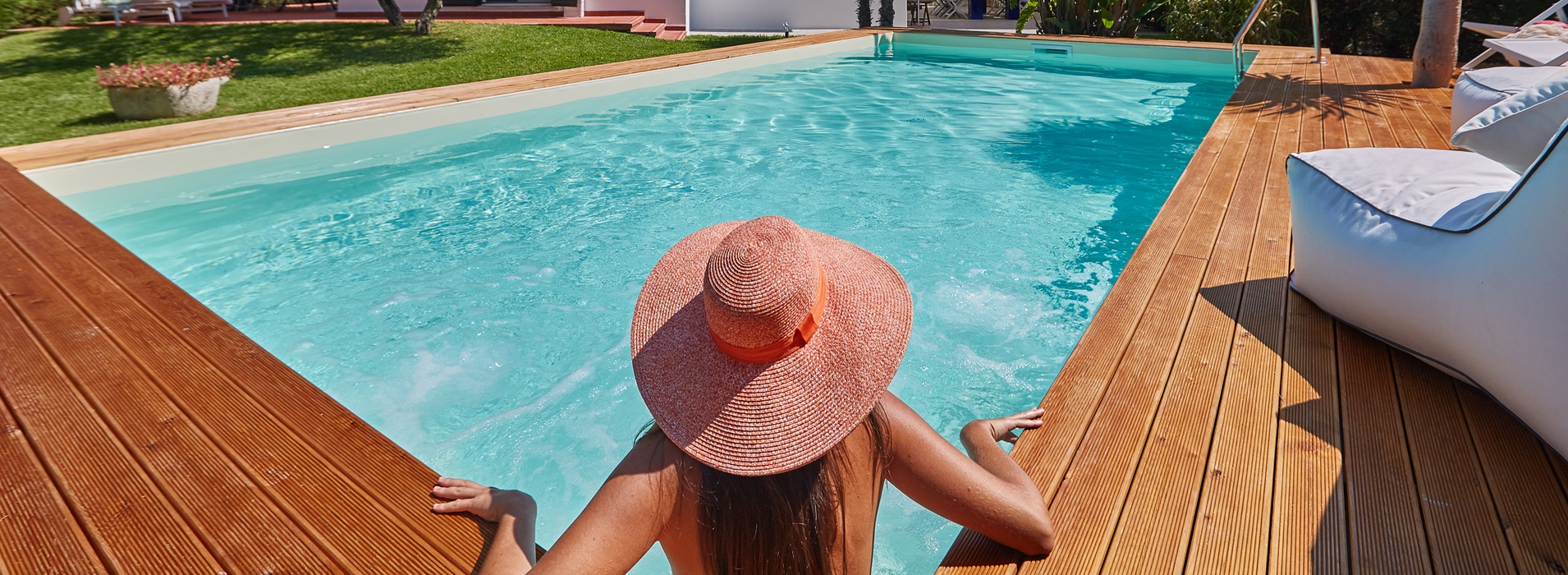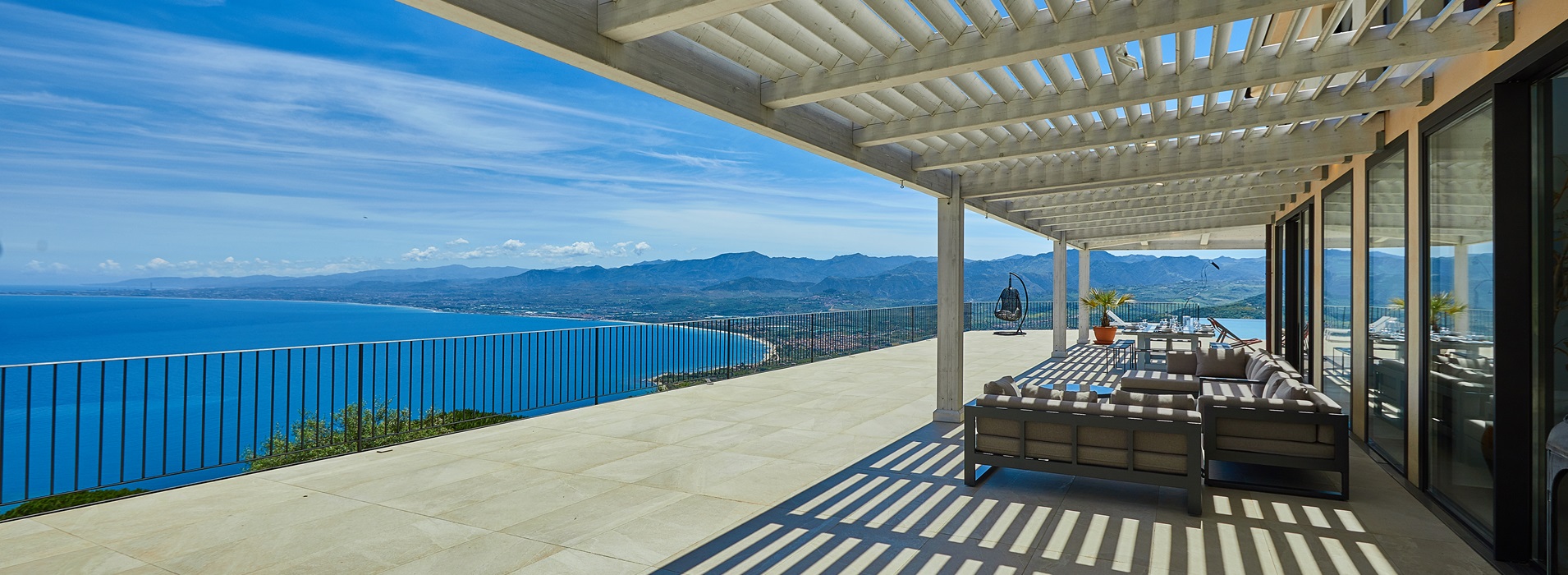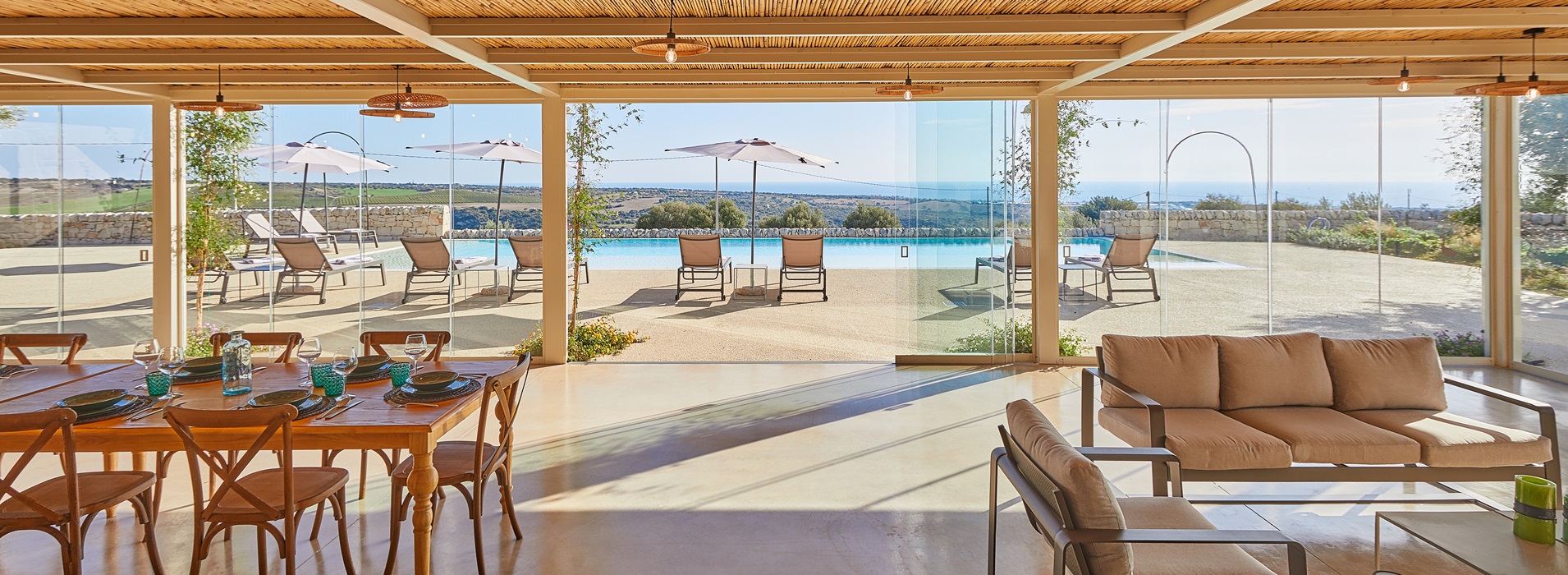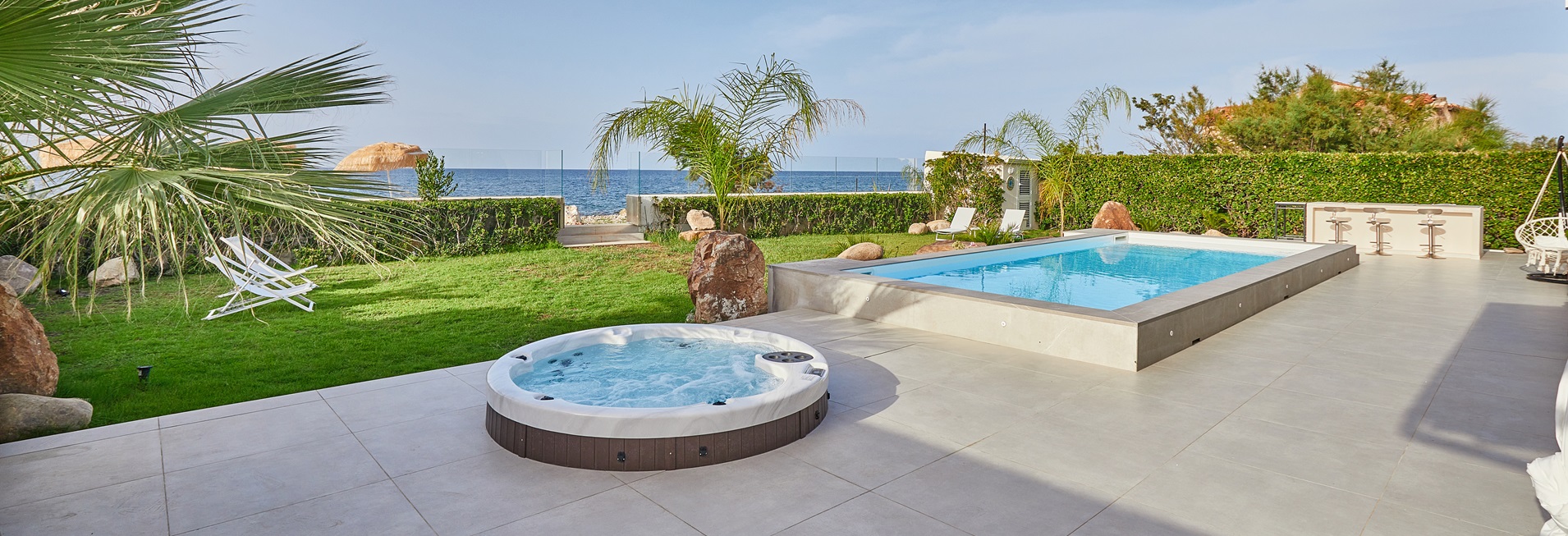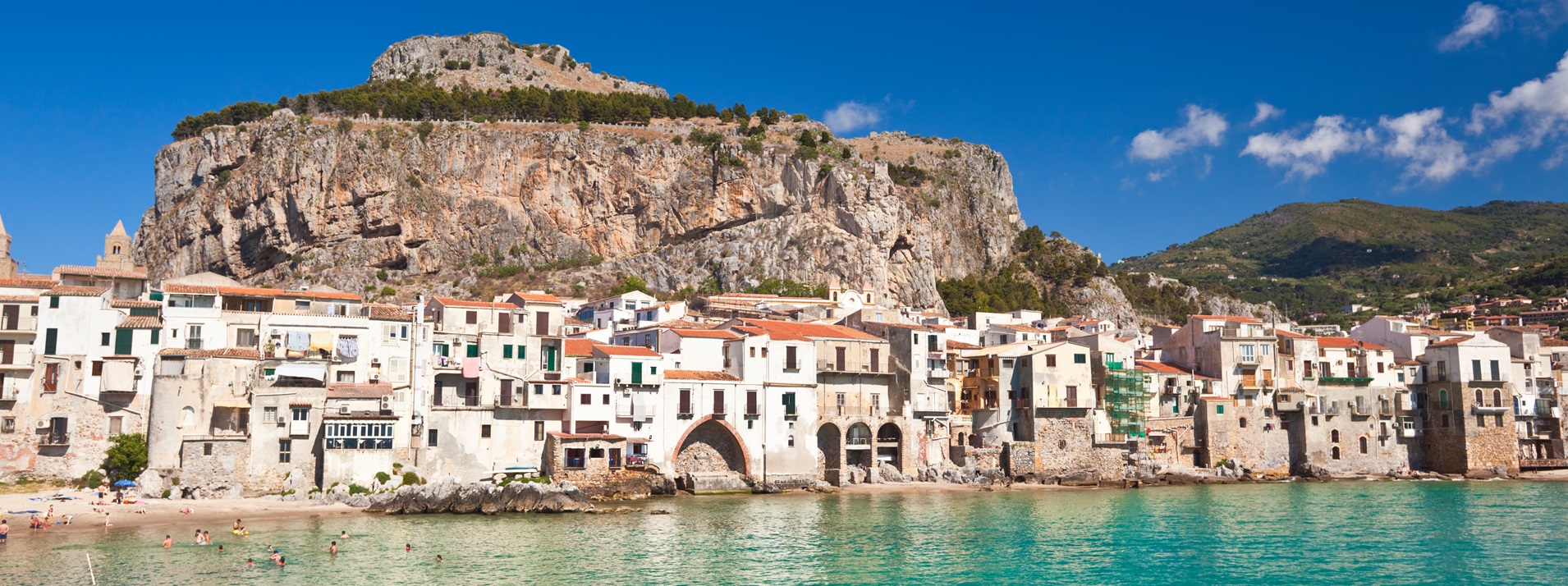Cultural attractions, activities and gastronomy in Sicily
There’s little question that Sicily’s a natural choice when it comes to a beach holiday. With mile upon mile of sandy beaches and an enviable scattering of pretty coves fringed by translucent water, there’s plenty of choice when it comes to soaking up the sun by the sea in Sicily.
But that’s not to say that Sicily is only about sun and sea. For a start, UNESCO World Heritage sites and ancient temples dot the landscape, and towns and cities are awash with extraordinary art and architecture. Then there are nature reserves, Europe’s highest active volcano and a string of natural wonders that provide the perfect backdrop for an assortment of active adventures. And last but certainly not least, there’s the irresistible temptation of exploring the island through its mouth-watering food and world class wine.
Cultural attractions in Sicily
Sicily’s extraordinary culture, shaped over the centuries by a sequence of Greek, Roman, Arabic, Norman and Spanish domination, is visible in every strand of Sicilian life. You’ll see it in the food, the architecture, in festivals and celebrations, and even in the dialect spoken in the more remote villages.
UNESCO World Heritage sites
Providing a wonderful snapshot of the island’s remarkable history, Sicily’s 7 UNESCO World Heritage sites take in both man-made and natural wonders, covering all corners of the island. The natural sites are Mount Etna, Europe’s highest active volcano, and the archipelago of Aeolian Islands to the north east of Sicily.
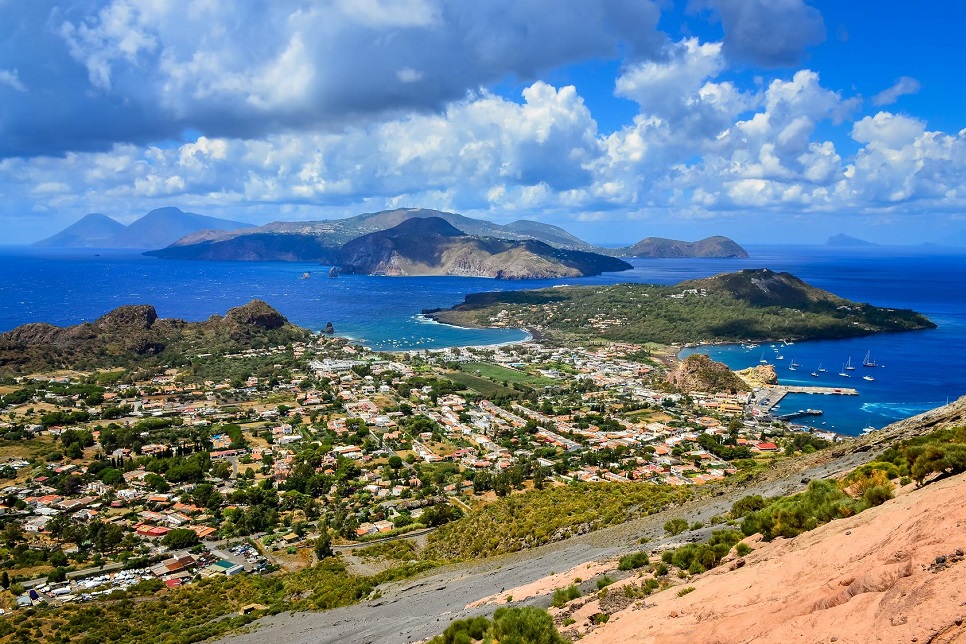
Other UNESCO sites include Syracuse and the Rocky Necropolis of Pantalica, and Agrigento and the Valley of the Temples. Less visited and often overlooked is the display of beautifully preserved Roman mosaics at Villa Romana del Casale, just outside Piazza Armerina. Meanwhile, getting around all the sites included in the ‘Arab-Norman Palermo and the Cathedral Churches of Cefalù and Monreale’ UNESCO listing could fill a whole holiday on its own. The seventh listing is the late Baroque towns of the Val di Noto, each rebuilt in a quite individual style following the devastating earthquake of 1693.
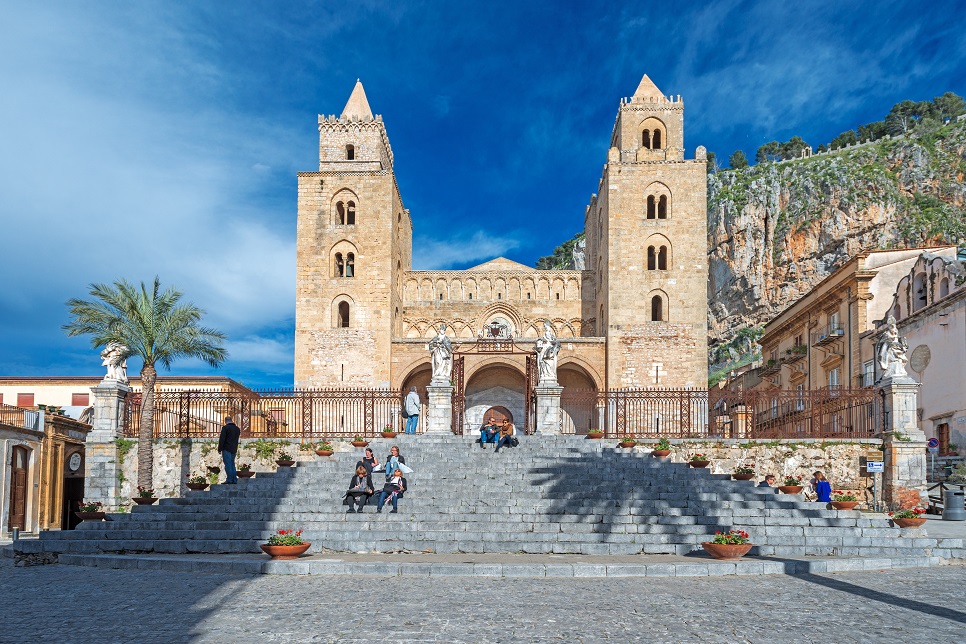
Churches and temples
In fact, several of Sicily’s standout churches are UNESCO listed sites. Most notably, the Duomo in Cefalù, the Norman cathedral at Monreale and the church of Santa Maria dell’Ammiraglio in Palermo. Others simply form part of a wider recognition by UNESCO of the town as a whole. San Bartolomeo church in Scicli is such a case, an extraordinary example of Sicilian late Baroque, showcasing an exquisite interior, with painted artworks and rich rococo stuccowork. So too the lofty Cathedral of San Giorgio, perched atop a flight of 250 steps in Modica.
In terms of other archaeological sites, the Valley of the Temples remains the crown jewel of Sicilian temples, but the ancient ruins at Segesta and Selinunte have their own particular charm. The main temple of Segesta in the west of Sicily dates back to the 5th century BC and is one of the world’s best-preserved Greek temples. The site also has an ancient 4th century BC theatre. In south west Sicily, the ruined temple in Selinunte is less well-preserved but the remaining 12 monolithic columns are clear evidence of the original size of the temple.
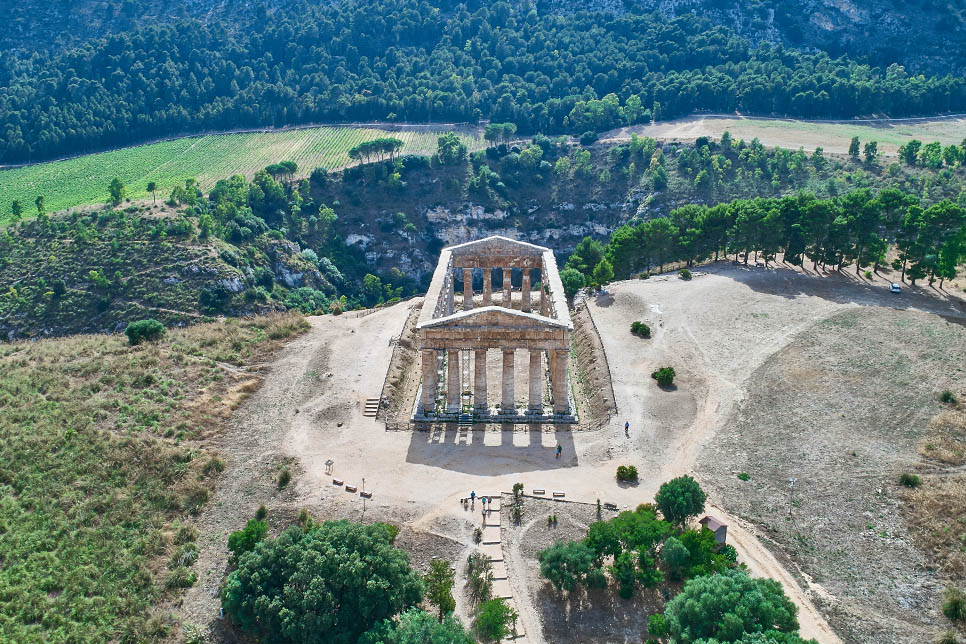
Art and architecture
Head into the historic centre of any number of Sicily’s larger towns and cities and you’ll find ancient palazzi and churches jostling for space, and imposing cathedrals towering above pretty piazzas.
But the architecture on the island is as multi-layered as its history so be prepared for a variety of styles. In the heart of Palermo, step away from the tangle of streets through the markets to admire the neoclassical design, inspired by great Greek temples, of the Teatro Massimo. Or head out to the seaside town of Mondello for a stroll past the Art Nouveau villas and bathing establishment designed by architect Rudolf Stualker.
After the intensity of the architecture, the simplicity and earthy nature of Sicily’s artisanal crafts brings some light relief. Delve into the vibrant colours that characterise the Carretto Siciliano (Sicilian cart), the lavishly decorated symbol of Sicilian folklore. Or head for the ceramics producing towns of Caltagirone or Santa Stefano di Camastra.
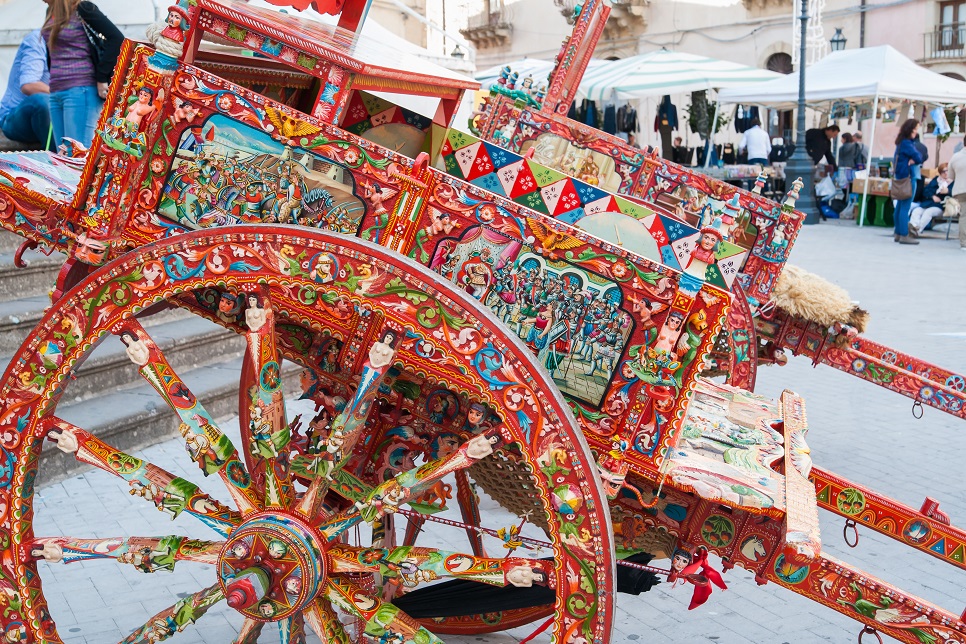
Activities in Sicily
Wherever you’re staying in Sicily, you’ll find plenty of scope for getting active so tear yourself away from your poolside sun bed and make the most of what’s on offer.
Sicily’s natural attractions
If you’re holidaying on the island outside of the hottest summer months, a gentle hike through one of the island’s nature reserves is a great way to experience a different side to the island. Head for the Vendicari nature reserve in the east, or the Zingaro nature reserve in the west of the island. Alternatively, if you’re staying near to Cefalù in the north, make tracks for the Madonie or Nebrodi mountain ranges for some great walking or cycling and some charming mountain villages.
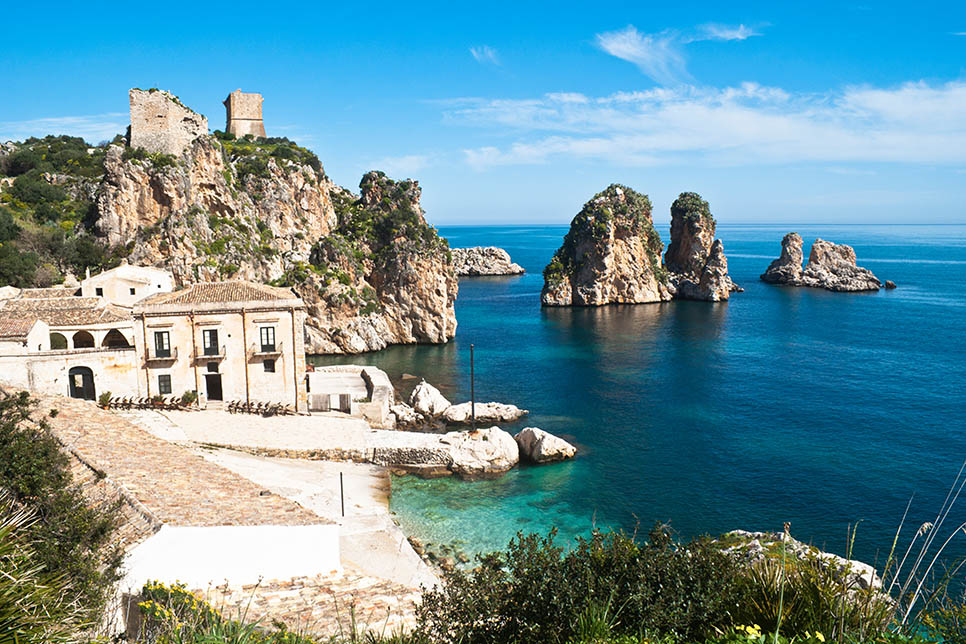
Water sports and boat trips
Take to the crystal clear waters of the Plemmirio Marine Reserve, just south of Syracuse, and several of the beaches that fringe the Vendicari nature reserve for some spectacular diving and snorkelling. If you’re staying in the north east, the Alcantara Gorge offers an excellent selection of adrenaline-based activities, including canyoning, river trekking and body rafting. For a more leisurely alternative, take a boat trip to the offshore Aegadian and Aeolian islands for refreshing dips in hideaway bays and a glimpse of island life Sicilian-style.
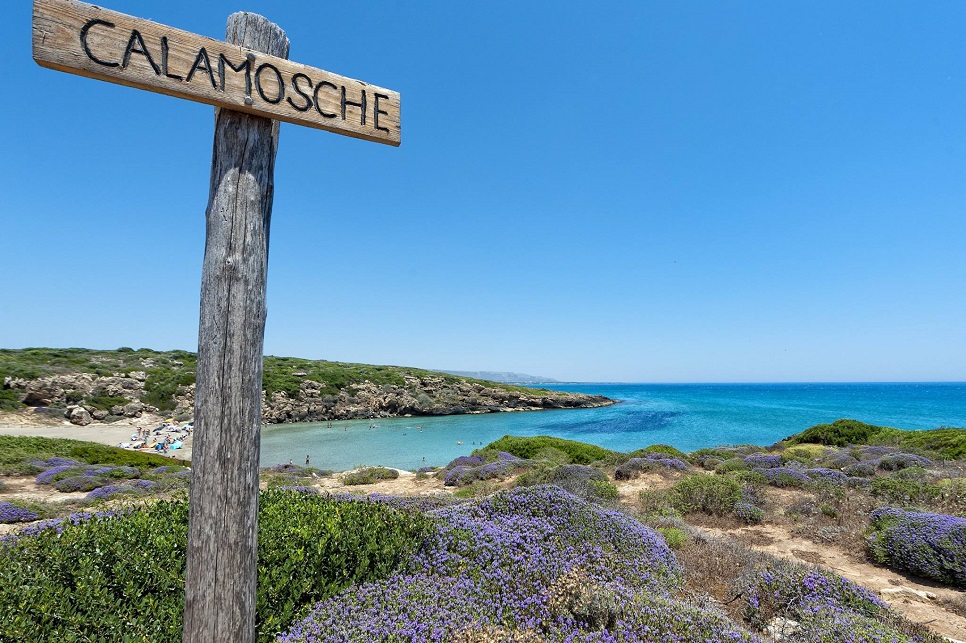
Adventure activities in Sicily
Jeep tours to Mount Etna, the Madonie and Nebrodi mountains are a great way for all the family to explore Sicily, with a touch of adventure. If you prefer to take a more active role, then bike tours, mountain bike rides and quad biking are a fun way to see more of the island.
Food interest
If preparing and relaxing over a delicious dinner is more your style, then you’ve come to the right place. Embark on a series of gastronomic experiences to unravel centuries of Sicilian history and discover exactly why food is at the very heart of Sicilian daily life.
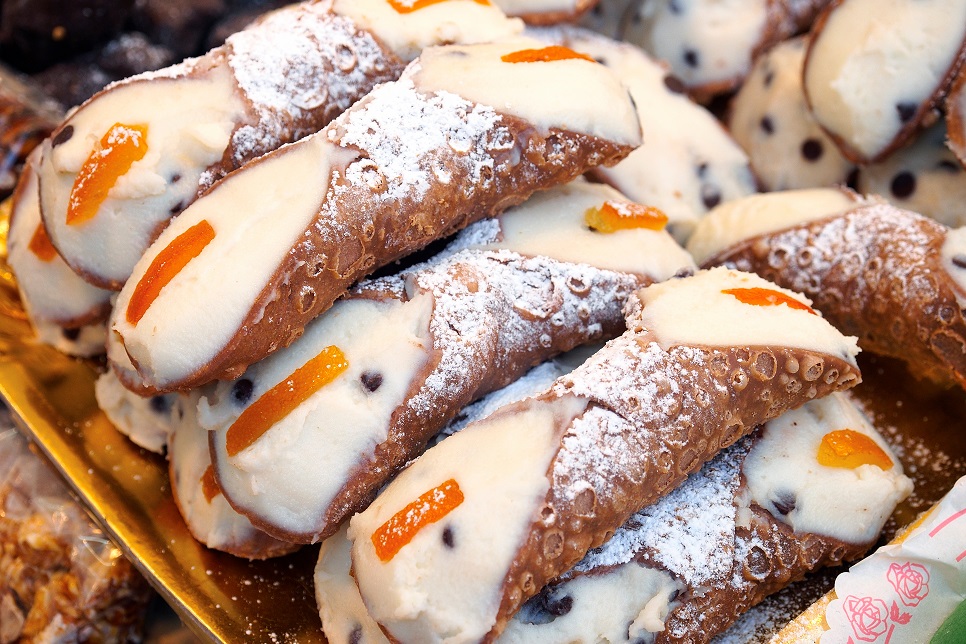
Cooking classes
Pop to the market with a private chef to plan the lunchtime menu, then head back to your villa to hone your cooking skills. Fancy learning how to whip up a pizza or some aubergine caponata? Choose between a private class in the luxury of your own villa or join a small group cooking class.
Wine tasting and vineyard visits
Vines have been cultivated on the slopes of Mount Etna since ancient times. Wine production has moved on apace since then and while the volcano’s fertile plains are still an excellent place to indulge in a spot of wine-tasting, there are exciting new developments in the sector throughout the island. Anyone staying in the south east of the island has a pick of wineries in Scicli and Ragusa, and the area around Palermo is also an excellent location for wine-tasting.
Street food tours
Perhaps the best introduction to Sicilian food is on a street food tour in Palermo or Catania. In Palermo, you’ll get to try traditional pannelle and arancini in the city’s bustling markets, and to learn about the history of food on the island, whilst also being shown some of the city’s main attractions. In Catania, the street food tour takes you through the alleyways and hideaway piazzas in the historic centre, and to the vibrant fish market, with snacks along the way.
As you can see, there’s quite a bit more to Sicily than beaches! Take a look at our Activities and Excursions in Sicily for more ideas.
